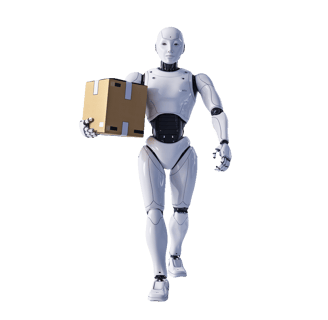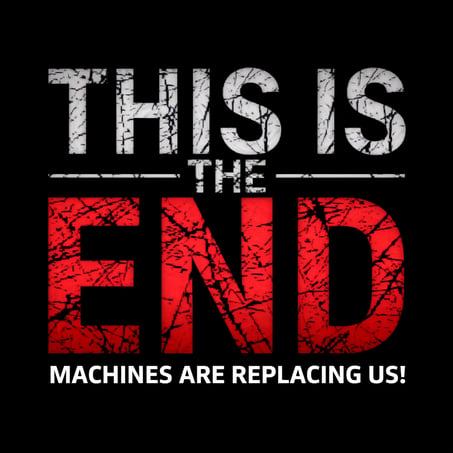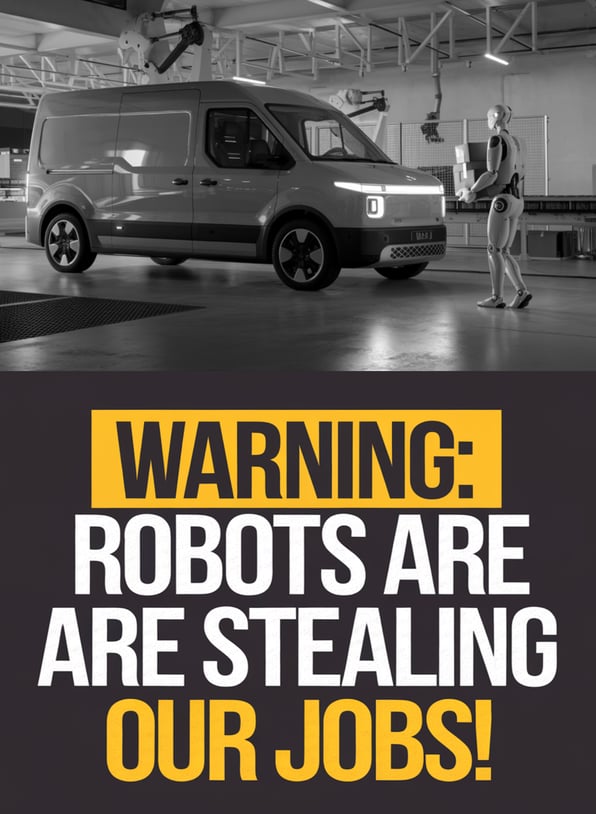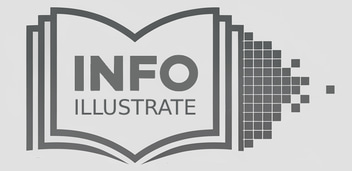How Algorithms Keep Reinforcing What We Already Believe






Introduction – Optimism vs. Fear About AI
AI: Hope or Threat?
A robot stands between two perspectives:
“AI is here to help – Smarter tech, easier life!”
“This is the END – Machines are replacing us!”
This image captures the split in how people view artificial intelligence. For some, AI is exciting—a tool to solve problems and improve lives. For others, it's a warning sign. The more tasks AI takes over, the more people fear job loss and losing control.
This contrast reflects an emotional divide: hope vs. fear, shaped by personal beliefs and the content we consume.
All the images in this blog were generated with AI and are used to illustrate fictional ideas. They help show how our beliefs and online algorithms can shape what we see.
Instead of going into technical detail, this blog uses simple visual contrasts to show how two people can experience the same event but come away with entirely different interpretations. Each image highlights how our beliefs are often reinforced by the content algorithms present to us through browsers, social media, and video platforms.


The Delivery Robot
Positive View – A Robot Representing a Gradual Change Already Happening
In this second image, the robot making deliveries symbolizes how AI and automation are becoming part of daily life. It doesn’t just represent machines doing physical tasks—it reflects how business owners and workers can use AI to be more productive.
From handling repetitive messages to tracking inventory or spotting trends, AI tools help save time. They allow people to focus more on planning, creativity, and decision-making. Those who adopt these tools early may gain an advantage over competitors. Here, AI doesn’t replace people—it supports them.


Negative View – Fear That Machines Are Replacing Us
But then the tone shifts. The same robot is now framed as a threat. In this fictional version, delivery drivers fear they’re being replaced. They read articles that confirm their concern, and their feed quickly fills with similar stories.
For some, this fear grows into frustration or anger toward those who welcome or accept the change. As they focus more on automation's downsides, their feed becomes increasingly filled with stories of job losses and the darker side of progress.


Well Deserved or Overrated?
Positive View – A Brilliant Comeback Performance
In this image, the focus shifts from technology to talent. The actress was often criticized, but now her latest role is seen as powerful and moving. Her fans celebrate her growth and support her award nomination.
For them, this is proof that she has always been a talented actress. Their feeds are filled with positive reviews, praise, and interviews that validate her outstanding performance.


Negative View – “Still Overrated” No Matter What
In All Three Examples…
Others, however, refuse to change their minds. They've never liked her acting and still see her success as media hype. They search for negative reviews or highlight past mistakes to reinforce their opinion.
Although most people agree her performance was strong, some remain convinced it was undeserved. They bring up other actresses they believe were more deserving of the award, seeking further validation.
Whether it’s AI, automation, or acting, each situation shows how our beliefs—and what we see online—shape how we feel.
Same event. Same image. Two realities.
That’s the power of perception—and the algorithm that keeps reinforcing it.
The truth is, many of us can fall into a perception trap, often without even realising it.
It’s not about who’s right or wrong. It’s a reminder—even to myself—that this can happen with things big or small. Whether it’s technology, someone’s success, or just a simple headline, the way we interpret it often depends more on what we already believe than on what’s actually there.
Final Thoughts
Although the examples in this blog are fictional, the intention was to highlight real emotions that many of us are already facing with the rapid evolution of technology. Each scene was designed to show how algorithms and personal beliefs can shape the way we see the world, sometimes in completely opposite ways.
In these images, for example, someone who focuses on the positive side of robots working alongside us might be seen as naive or unaware of the downsides, like job losses or other risks. But in reality, they may choose to focus on what's possible while still understanding the concerns. And the same goes for those who focus more on the negative—it doesn't mean they can't see the benefits too.
Resources:



